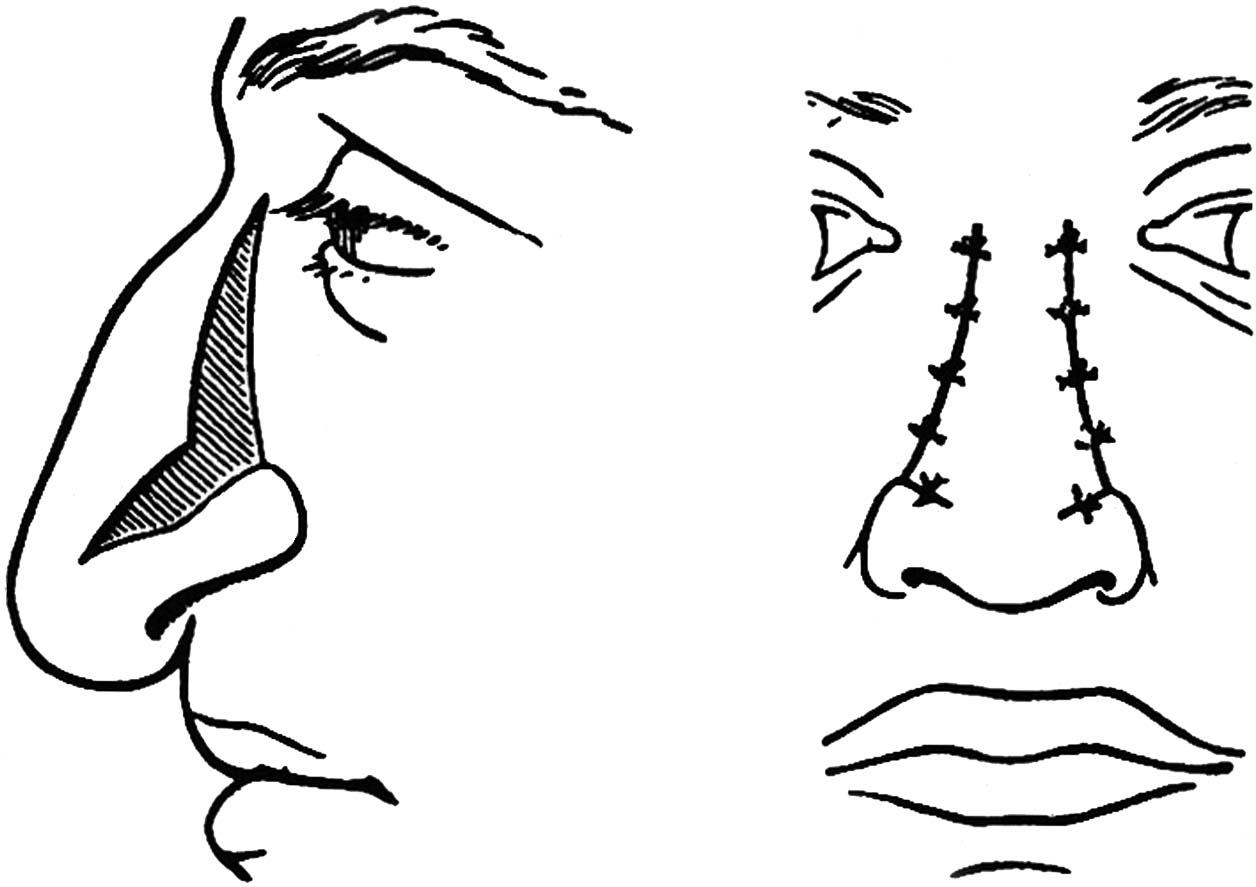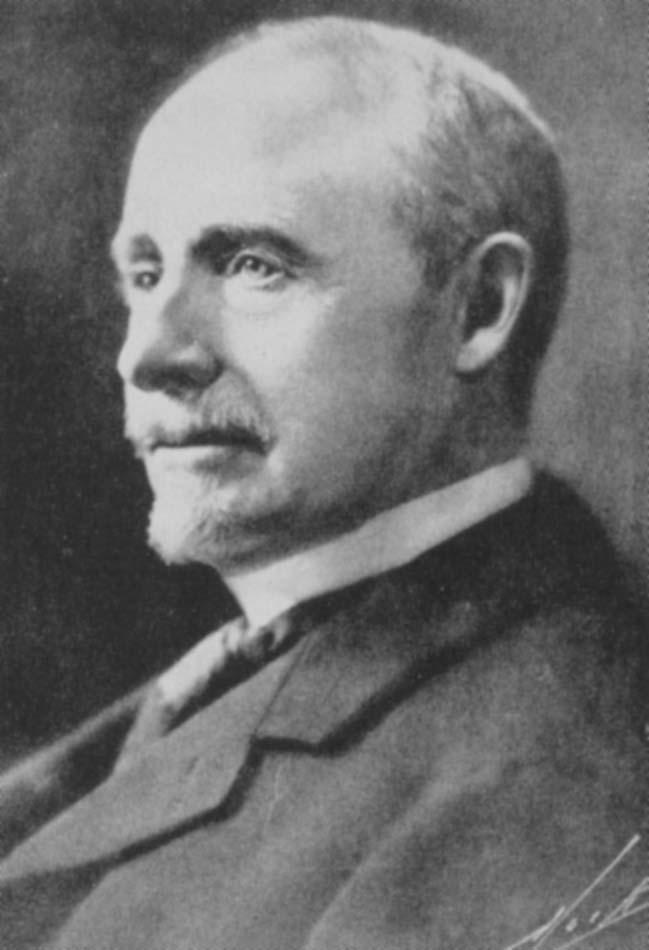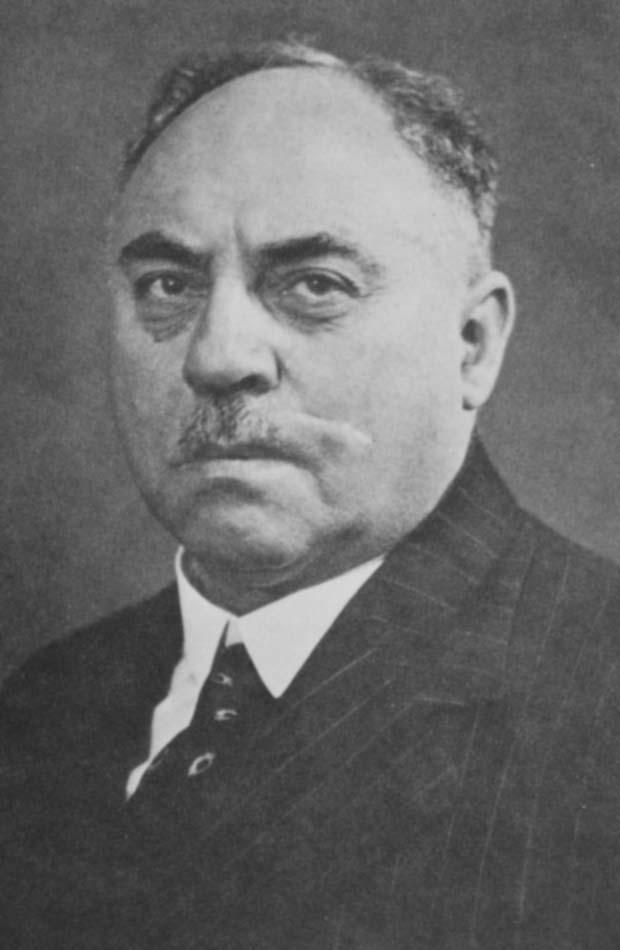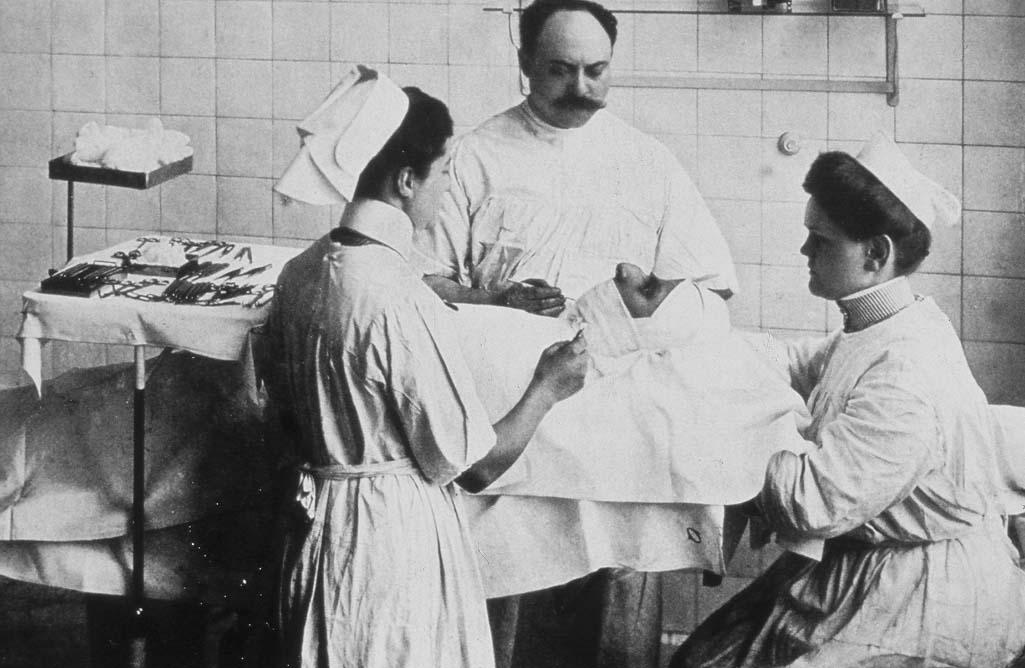Physical Address
304 North Cardinal St.
Dorchester Center, MA 02124
From the Edwin Smith Surgical Papyrus to the Sushruta legacy to early nasal surgery techniques, the roots of modern-day rhinoplasty stem from the early beginnings of nasal reconstruction. Early on, it was recognized that the nose was a complex structure, a prominent and central feature of the face that was susceptible to disfigurement by trauma, infection, tumors, and even punishment. For this reason, mutilation, deformity, or an unattractive nose was linked to a social stigma, which then supported the necessity for the development of nasal reconstructive techniques. Understanding the complexities of the nose through reconstruction allowed pioneers in nasal surgery to embark upon the exploration of corrective surgery, or cosmetic rhinoplasty, for aesthetic purposes. It is this journey through time that will be traced to understand the history of contemporary rhinoplasty.
The oldest known surgical treatise is known as the Edwin Smith Surgical Papyrus . While the exact dating is controversial, it is believed to have dated back to around 1600 bc . In 1862, the treatise was discovered and purchased in Egypt by an American egyptologist, Edward Smith. It was later translated from its ancient hieroglyphic script in 1930.
The treatise describes the diagnosis and surgical management for 48 cases. Among these cases, three involved the management of different types of nasal fractures. The treatment was simple—nasal manipulation with placement of external splints, such as those made from thin wood padded with linen, and nasal packing made of lint, swabs, or plugs of linen. Thus, it is apparent that even in early civilizations, the importance of the basic principles of fracture stabilization after manipulation as well as internal lining support with packing was well recognized and documented.
The art and science of total nasal reconstruction are thought to have originated in India with the work of a prominent figure, Sushruta, whose name literally meant “the one who is well heard” or “the one who has thoroughly learned by hearing.” Although his precise age is controversial, Sushruta probably lived around 1000 to 800 bc , a period known as “The Golden Age” in ancient India. His greatest contribution to surgery was his description of nasal reconstructive surgeries, using different methods for a variety of nasal defects. One method, in particular, used skin from the forehead as a pedicled flap, which later was referred to as the “Indian method.”
The knowledge of nasal reconstructive surgery then spread from India to Arabia to Persia and finally to Europe. This undoubtedly occurred as the world became smaller and different civilizations had greater communication and contact through wartimes and invasion by leaders such as Alexander the Great. However, this period of shared information came to a halt when religious leaders forbade medical discoveries and exploration, as a manual occupation such as surgery was considered beneath respectable men and even borderline heretic.
With the revival of scholasticism in Europe during the fifteenth and sixteenth centuries, an interest in reconstructive plastic surgery was renewed. Nasal reconstruction was again revisited, and this time, for reconstruction of a nasal defect, the Branca family of Sicily described the use of an arm flap. Although first described by them, this “Italian method” of reconstruction was credited to Gasparo Tagliacozzi (1546–1599), a professor of anatomy at Bologna. He wrote scientifically and philosophically on the subject in his treatise entitled De Curtorum Chirurgia per Institionem, Libri Duo .
Ultimately, one must be reminded that tracing the journey through time from Egypt to India to Europe is relevant in understanding that the roots of corrective rhinoplasty stem from reconstructive surgery. With the development of reconstructive techniques, surgeons began to better understand the complexity of nasal structure, form, and function. The basic principles of reconstruction became established with emphasis on the importance of a proper nasal framework , endonasal lining , and external skin covering . As a result, surgeons became free to explore how best to correct nasal deformities.
In 1818, the highly esteemed German surgeon Carl von Graefe (1787–1840) became the first to coin the term “rhinoplasty” when he published his major work entitled Rhinoplastik . von Graefe detailed in his book three successful rhinoplasties—the first using the Indian method with a forehead flap technique; the second, the Tagliacotian method; and the third, a modified free arm graft that he called the German method. The textbook itself was 208 pages long and listed 55 previous books and articles, the most recent being that of a British surgeon named Joseph Carpue (1764–1846). In an 1816 article, Carpue had described two successful nasal restorations using the Indian method originally described by Sushruta.
Thus far, with all of the nasal reconstructive techniques, surgeries were described with great attention to detail and illustrations. An underlying theme throughout the description was a stated need to strike a balance between the need for the surgery in order to correct a deformity with the willingness of the patient to withstand the “barbaric” procedures without a reliable form of anesthesia. However, the inception of aseptic technique mainstreamed by Lister in the 1840s and the introduction of anesthetics, including the use of topical cocaine, brought about a new era in plastic surgery—corrective, or cosmetic, surgery. The background was now set for surgeons to explore methods for correction of more than an obvious deformity secondary to trauma, infection, or tumors; rather, to embark upon the task of corrective surgery for aesthetic purposes.
In 1845, the background was thus set for the renowned Berlin professor Johann Friedrick Dieffenbach (1792–1847) to introduce the idea of revision surgery on the reconstructed nose to improve the cosmetic outcome. It was he who wrote, “The nose is man's most paradoxical organ. It has its root above, its back in front, its wings below, and one likes best of all to poke it into places where it does not belong.”
In addition, Dieffenbach is credited with making surgery more tolerable with the use of anesthesia. He wrote a comprehensive textbook entitled Operative Chirurgie and described the use of external incisions as well as excisions to correct nasal deformities ( Figure 1-1 ). It is interesting to note that in that time period, surgeons were preoccupied with external approaches, even for placement of dorsal augmentation grafts (via longitudinal and glabellar incisions) for correction of saddle-nose deformities, as described by Israel and von Mangold.

As a result, it was almost unheard of to perform a proper rhinoplasty with a completely intranasal approach until 1887, when John Orlando Roe (1849–1915) ( Figure 1-2 ), an otolaryngologist from Rochester, New York, produced his landmark paper, “The Deformity Termed Pug Nose and Its Correction by a Simple Operation.” In this paper, Roe described the first endonasal rhinoplasty to correct the tip in a patient with a “pug nose.” Following this, in 1891, he published another paper discussing an aesthetic rhinoplasty in which the entire nose was addressed, including refinement of the tip and reduction of a prominent dorsal hump.

The following year, in 1892, Robert Weir (1838–1927) ( Figure 1-3 ) published his data on using grafts to restore “sunken noses,” or the saddle-nose deformity. He also described a case of a corrective rhinoplasty performed in separate stages. He used Roe's endonasal technique for reducing the dorsal hump and narrowing the nose. Then, in another, separate procedure, he reduced the width of the nasal tip as well as the nasal alae by wedge resections, which to this day are still referred to as “Weir incisions.”

Chronologically, although the two American surgeons, Roe and Weir, were the first to describe their work in corrective rhinoplasty, the man who is credited with the title of “father of modern rhinoplasty” is Jacques Joseph (1865–1934) ( Figure 1-4 ). In 1898, Joseph, then an orthopaedic-trained surgeon, presented to the Berlin Medical Society the case of a young man who had an extremely large nose and who had suffered from social ridicule. Joseph successfully reduced the nose using external incisions. More important, Joseph presented his idea that the effects of successful aesthetic surgery were not only manifest on the patient's physical appearance but also on the patient's emotional psyche.

From this point, Joseph became immersed in the study of plastic surgery. During World War I, Joseph was chief of the Section of Facial Plastic Surgery in the ENT Department of the Charité Hospital in Berlin, where he was given the title of professor in 1918. He analyzed and classified different nasal deformities—developing different surgical techniques to address them. In addition, he developed surgical instruments to carry out his operations. Eventually, his artistic skill (as evidenced by his own drawings) and documentation of his operations were produced in a comprehensive textbook entitled Nasenplastik und Sonstige Geischtsplastik in 1928, which was followed by a second edition in 1931.
After World War I, Joseph, often referred to as “Joseph Noseph,” continued at Charité Hospital for a few years before opening his own clinic, where he developed an enormous practice in facial plastic surgery. With his reputation at its zenith, Joseph began offering a few apprentice positions (Gustave Aufricht from Hungary was one) and, to a greater number of international surgeons, a fee-set opportunity to watch the master operate ( Figure 1-5 ).

Become a Clinical Tree membership for Full access and enjoy Unlimited articles
If you are a member. Log in here